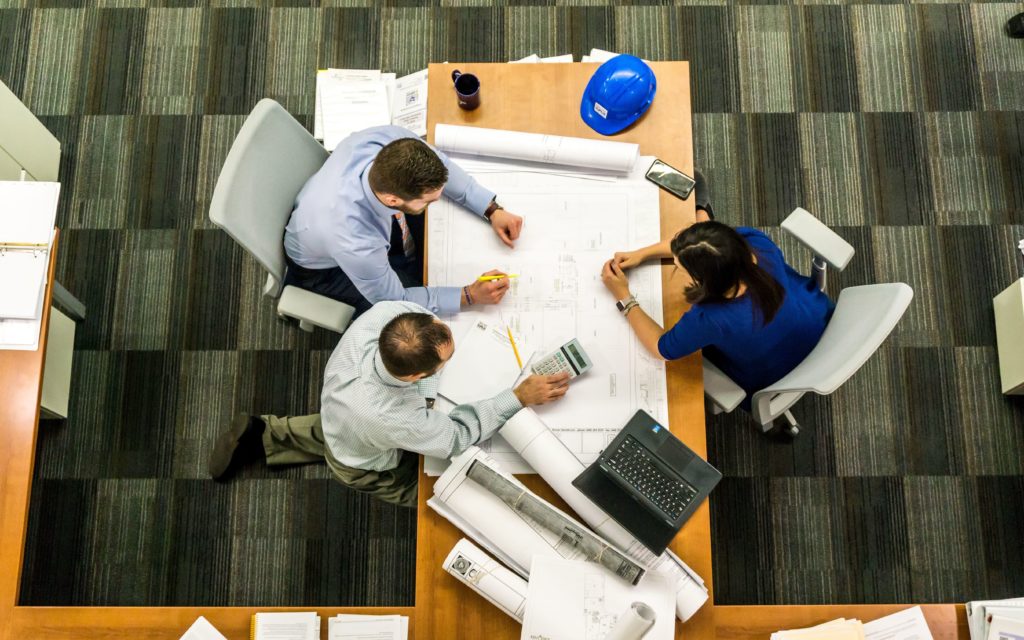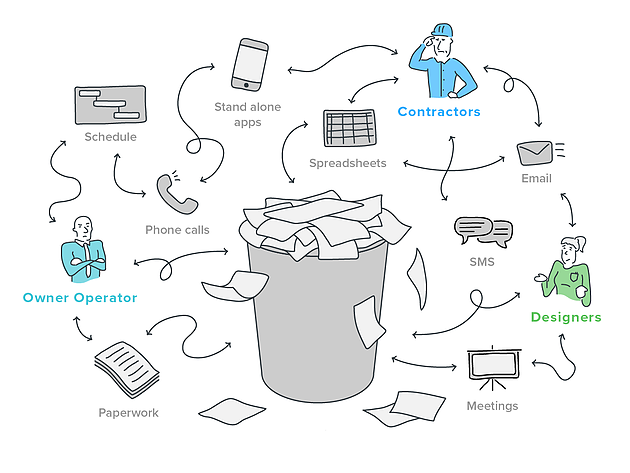Streamline Partnership: The Power of Construction Document Management Solution
Streamline Partnership: The Power of Construction Document Management Solution
Blog Article
Enhancing Operations Performance: Architect's Professional Methods for Construction Document Monitoring
In the world of architectural layout and construction, the thorough administration of documents stands as a cornerstone for job success. These approaches not only guarantee smooth task progression however also hold the crucial to opening enhanced efficiency and accuracy in the intricate realm of building paper monitoring.
Key File Company Strategies
When handling building and construction files, one of the crucial strategies that architects use is developing a efficient and organized company system. This system normally includes classifying files based on their type, such as drawings, specifications, contracts, and allows. By developing unique and clear classifications, architects can quickly situate specific details when needed, saving time and decreasing mistakes in the building process.
Within each category, designers further organize papers by making use of or producing subfolders numbering systems to represent modifications or versions (construction document management). This hierarchical framework ensures that the most existing and appropriate details is easily available while preserving a document of adjustments made throughout the project timeline
Additionally, engineers often utilize digital file management platforms that provide functions like keyword search functions, version control, and gain access to limitations to improve organization and partnership among job stakeholders. These tools improve the paper retrieval process, promote real-time updates, and help with seamless communication, ultimately adding to the overall success of the construction project.
Collaborative Platform Assimilation
To maximize record monitoring efficiency in building and construction tasks, architects seamlessly integrate collaborative platforms to improve interaction and streamline coordination among project stakeholders. By leveraging collective platforms such as task administration software program, cloud-based storage systems, and interaction devices, engineers can develop a central center for all project-related papers and interaction channels. These platforms allow employee to access, evaluation, and collaborate on documents in real-time, lowering hold-ups and the threat of mistakes connected with traditional document monitoring techniques.
Joint platform combination also promotes openness and responsibility within the project group, as all stakeholders have visibility right into the newest task updates and modifications. By systematizing communication and record sharing, designers can make certain that all group members are functioning from the most current information, lessening the chances of conflicts or misconceptions arising because of obsolete files.
Moreover, joint platforms enable smooth cooperation between engineers, professionals, clients, and various other project stakeholders, promoting a more effective and natural task operations. By breaking down interaction obstacles and facilitating info exchange, designers can drive performance and advancement in building and construction jobs, inevitably resulting in effective task outcomes.
Version Control Finest Practices
Applying reliable variation control techniques is important for keeping document accuracy and consistency in building and construction projects. By establishing a clear system for taking care of alterations, project teams can make certain that every person is functioning from the most up-to-date documents, lowering the threat of mistakes and inconsistencies during the building and construction stage.
One of the key ideal methods for version control is to assign unique identifiers per paper version. This can be achieved by utilizing a numbering system or day stamp that clearly indicates the order of alterations. By plainly identifying each version, staff member can conveniently track the development of the file and recognize one of the most recent version.

Automation Tools for Effectiveness

File control software program, like Procore or PlanGrid, centralizes job paperwork, making it quickly available to all stakeholders. These systems allow for real-time partnership, version control, and automated backups, safeguarding against data loss. Furthermore, find here Structure Details Modeling (BIM) software automates the generation of building drawings and makes sure that adjustments are synchronized across all associated records.
Integrating automation devices with cloud storage space options better improves ease of access and safety. By automating the document monitoring process, job teams can focus their effort and time on value-adding activities, inevitably enhancing performance and project outcomes.
Secure Information Monitoring Solutions
Properly taking care of and guarding project information is vital in the building and construction market to make sure privacy and stability throughout the job lifecycle. Building companies can make use of encrypted cloud storage solutions to firmly share and keep project records with licensed workers.
In addition, using digital civil liberties monitoring (DRM) devices adds an extra layer of protection by stopping the unauthorized distribution or duplication of job files. Regular information backups are necessary to minimize the risk of data loss due to unanticipated situations like equipment failures or cyber-attacks. Joint platforms with built-in protection features enable seamless interaction and data sharing among job staff member while maintaining information integrity.
Verdict
Finally, executing vital record company methods, incorporating collective platforms, practicing variation control ideal methods, utilizing automation devices, and embracing secure information administration services are necessary methods for improving process efficiency in construction document management. These skilled approaches can improve processes, enhance communication, make sure accuracy, and preserve information protection throughout the building task lifecycle.
In the realm of building style and construction, the careful monitoring of files stands as a keystone for task success. Bonuses These methods not just guarantee smooth task progression however additionally hold the vital to opening improved performance and precision in the detailed realm of building document administration.
To enhance paper administration efficiency in construction jobs, architects effortlessly incorporate collaborative systems to improve interaction and enhance sychronisation amongst task stakeholders. These systems enable team members to gain access to, review, and team up on documents in real-time, lowering delays and the threat of errors linked with traditional file monitoring methods.
Using automation tools in building and construction record monitoring considerably improves effectiveness and streamlines processes for task groups. construction document management.
Report this page